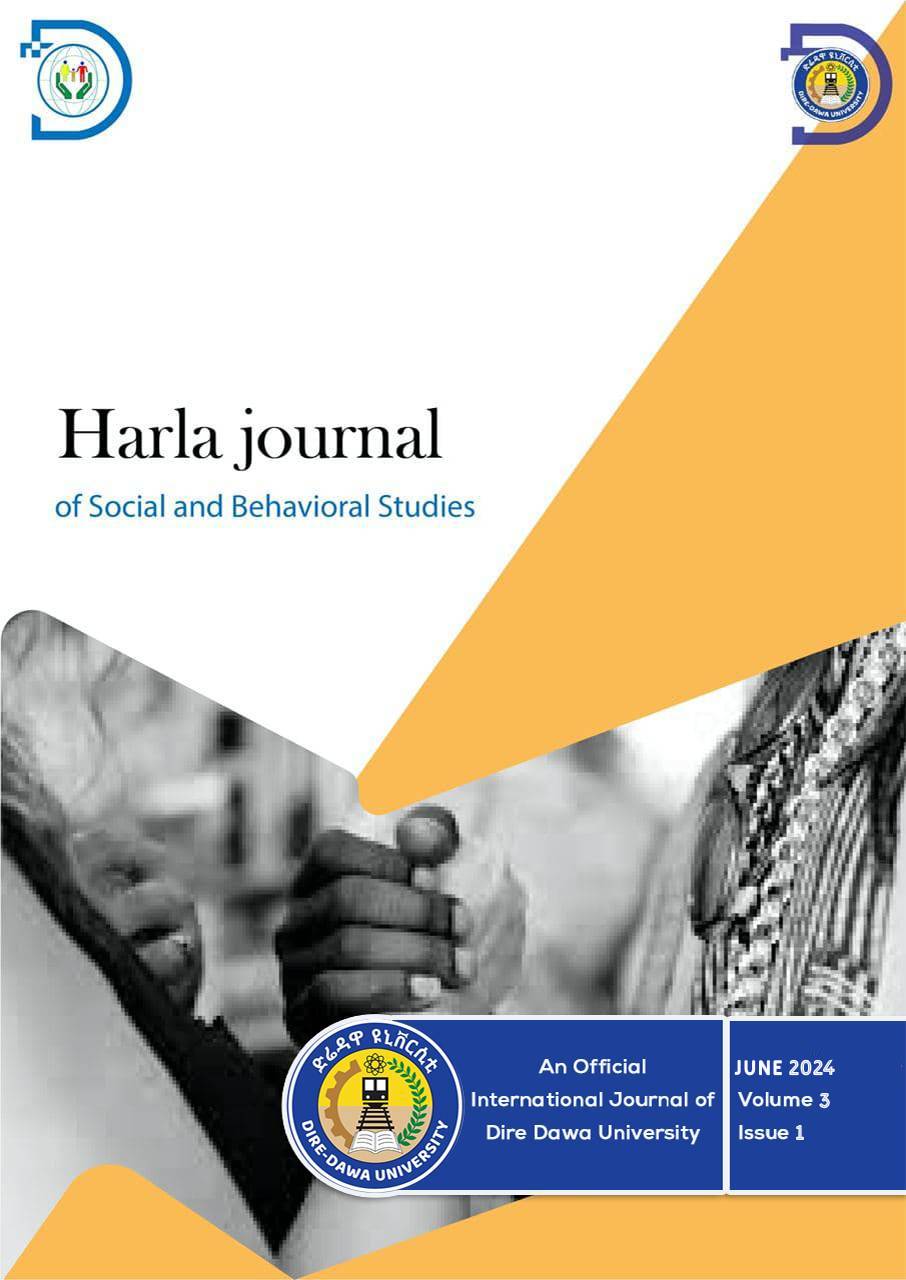Analysis of Proverbial Markers of Oromo Proverbs:
Structural and Functional Approach to Stylistic, Literary, and Syntactic Devices
Keywords:
Afaan Oromoo proverbs, proverbiality, proverbial markers, stylistic devices, syntactic propertiesAbstract
This study investigates the proverbiality and proverbial markers of Afaan Oromoo proverbs through integrated structural and functional approaches. Drawing on a purposive corpus of 1,800 proverbs supplemented by interviews with 15 informants and focused group discussions with four experts, the research uses a qualitative descriptive (textual-analytic) method to identify stylistic, literary and syntactic features that signal proverbiality. The analysis shows that Afaan Oromoo proverbs employ a rich set of stylistic devices (ellipsis, parallelism, euphemism, wellerisms, apostrophe, hypophora, metaphor/imagery, and formulaic sayings) and literary resources (rhyme, minimal pairs, alliteration, hyponymy/homophony, and repetition) to create aesthetic force and mnemonic grip. Syntactic properties — including varied subject types (canonical, displaced, clifted, elided, and impersonal), diverse clause types (declarative, interrogative, and imperative) and characteristic proverb formulae— further consolidate proverbial status and enhance pragmatic functions. Functionally, these markers strengthen moral instruction, persuasion, dispute resolution, social regulation, and intergenerational transmission of cultural knowledge. The study concludes that proverbial markers are central to both the form and social performance of Oromo proverbs and recommends deeper, context-sensitive studies to map regional and pragmatic variation and to document less-studied formulae.
Downloads
Published
How to Cite
Issue
Section
License
Copyright (c) 2024 Harla Journals and Author(s)

This work is licensed under a Creative Commons Attribution-NonCommercial 4.0 International License.






